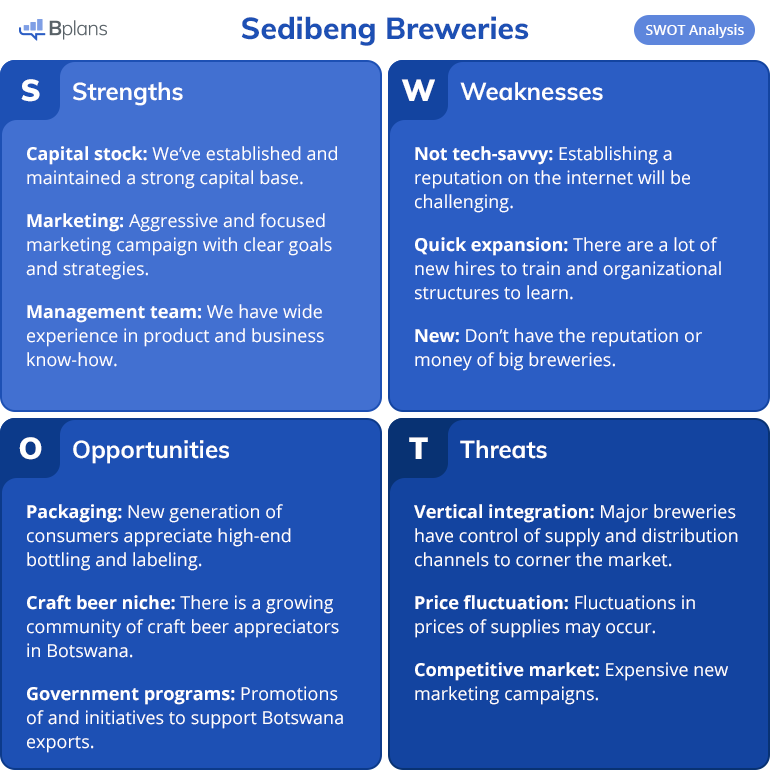
SWOT analysis: what is it and why does your business need it
SWOT analysis is a strategic planning tool used by businesses to evaluate their strengths, weaknesses, opportunities, and threats. It provides a comprehensive overview of the internal and external factors that can impact a company’s performance and success. By conducting a SWOT analysis, businesses can gain valuable insights into their current position in the market and make informed decisions to drive growth and mitigate risks.
Strengths are the internal factors that give a business a competitive advantage. These can include a strong brand reputation, innovative products or services, a talented workforce, or efficient operational processes. Recognizing and leveraging strengths can help a business differentiate itself and excel in the marketplace.
Weaknesses, on the other hand, are areas where a business may be lacking or underperforming. These can be things like limited resources, outdated technology, poor customer service, or a weak distribution network. Identifying weaknesses allows a business to address them proactively and improve its overall performance.
Opportunities refer to external factors that can be exploited to benefit a business. These can be emerging market trends, new customer segments, technological advancements, or favorable changes in regulations. By capitalizing on opportunities, businesses can expand their market reach, increase their customer base, or introduce new products or services.
Threats are external factors that can potentially harm a business. These can include intense competition, economic downturns, changing consumer preferences, or disruptive technologies. Being aware of threats enables a business to develop strategies to mitigate risks and stay resilient in the face of challenges.
Conducting a SWOT analysis involves gathering relevant data and information from various sources such as market research, customer feedback, industry reports, and internal assessments. This information is then analyzed to identify the key strengths, weaknesses, opportunities, and threats facing the business.
Once the SWOT analysis is complete, businesses can use the insights gained to develop effective strategies and action plans. For example, a business with a strong brand reputation and innovative products can focus on expanding into new markets or investing in research and development. Conversely, a business facing intense competition can explore strategies to differentiate itself or identify new customer segments to target.
SWOT analysis is a dynamic process that should be regularly reviewed and updated as the business landscape evolves. By regularly assessing their strengths, weaknesses, opportunities, and threats, businesses can stay agile and adapt to changes in the market effectively.
In conclusion, SWOT analysis is a valuable tool for businesses to evaluate their internal and external factors. By understanding their strengths, weaknesses, opportunities, and threats, businesses can make informed decisions, develop effective strategies, and stay competitive in the marketplace. It provides a structured framework for businesses to assess their current position and identify areas for improvement or growth.
Incorporating SWOT analysis into your business planning can lead to better outcomes and increased chances of success.

